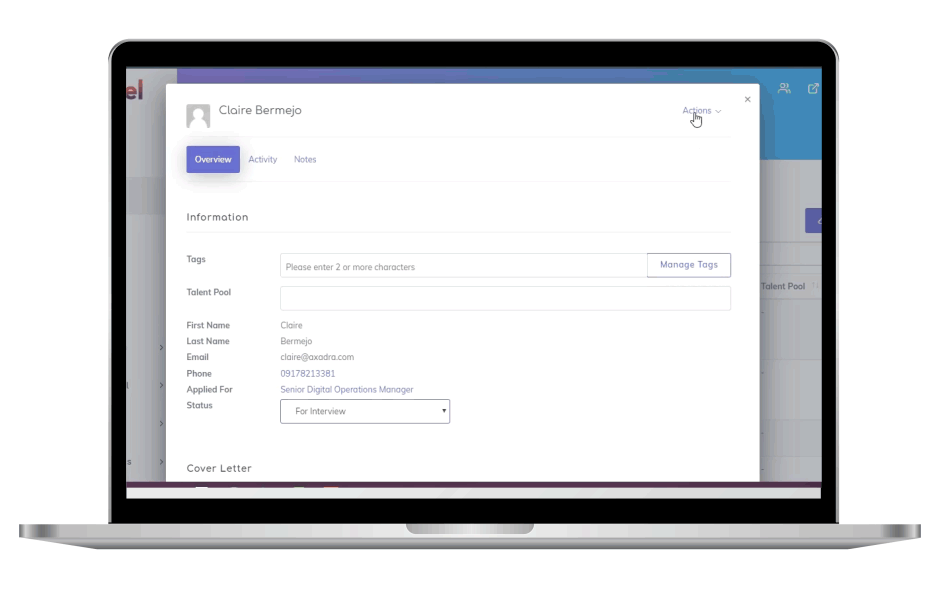If you want to get fast hires without spending a fortune on outsourcing and job ads, turn to your employees.
According to a recent report by LinkedIn on the importance of job referrals, employee-referred candidates take about 29 days to hire. That’s a lot of time saved, compared with conventional methods like web and print ads, which take an average of 55 days to onboard the right candidate. With a well-designed employee referral program, you don’t have to pay for recruiter commissions or ad placements, letting your company save around $3,000 per recruit. Referrals make your HR recruitment process much more manageable.
However, not every referral program may go as planned. Your employees may not know that such an initiative exists. They may not be sure if anyone from their network is qualified. Your program may be too focused on the rewards and not the quality of recruits. If you’re having these problems in your referral scheme, consider revising it based on these recommendations.
Experience over Money
Sure, money may be an excellent motivation for employees to perform excellently, but it may not be enough to encourage them to make referrals. No less than Google tried to double their referral bonus from $2,000 to $4,000, but it didn’t work at all. This is because money rewards often become insignificant as they are mixed into daily expenses and utilities.
Google saw that experiential gifts, like trips, dinner vouchers for restaurants, and even electronics, were more effective at getting referrals than cash. The referrers said that their new experience-based program was 28% more fun and 15% more memorable than monetary incentives.
So, the next time you want to give a reward for your top referrers, provide an all-expense-paid vacation or a nice dinner. You’ll likely see an increase in your referral volumes. After all, who wants to miss such great experiences?
Recruitment 101
Sometimes, your employees may have personal connections to the people they refer to, but they may not know which of their acquaintances are eligible for the position. Some of them may not be skilled at convincing others, too. Remedy these problems by creating a voluntary Recruitment or Referral 101 class. If you really need to fill a position fast, make the training mandatory but short to minimize the hit to your company’s productivity.
You should also provide a refresher course on your company’s mission-vision and goals. Ask your employees to keep these in mind to evaluate if their chosen candidate is an ideal fit for the company’s culture. When your employees are confident and knowledgeable about recruitment, they have a better chance of bringing in more and qualified referrals.
Get Help from the Exes
If you want to double down on your referral efforts, or if you can’t find the right candidates from any of your workers’ referrals, get your ex-employees to help. It’s called boomerang referrals because you may also get the chance to rehire your corporate alumni while getting a quality recruit. In fact, exit interview platform provider ExitCheck found that over 72% of employees are more than happy to come back to their former employer if there’s a job opportunity for them. Talk about hitting two birds with one stone!
Your employee referral program shouldn’t be a “more entries, more chances of winning” kind of thing. If your employees are going to act as an extension of your recruitment team, equip them with the proper information and skills to hook an applicant. Since this will be beyond their primary role in the company, make it worth their while.
Use Employee Referral Tools
If you want to save more time in the recruitment and referral process, an employee referral tracking and management software will do just that for you. This nifty tool automates the tracking and distribution of referred candidates, eliminating repetitive and tedious tasks in a manual referral process. It also lets you easily manage your incentives by job-type, ensuring better transparency and accountability. Plus, when it’s connected to your ATS, it gives your recruitment team the ability to consolidate employee referrals and other candidate profiles in a single database.
With configurable leader boards, you can also easily view your top referrers and celebrate their efforts. As one of the main goals of referral programs is to boost employee morale and engagement, showing gratitude to employees with dynamic rewards will make referrals feel less like work and more like fun.
Want to learn more about finding the ideal recruit for your company? Read this helpful guide.












